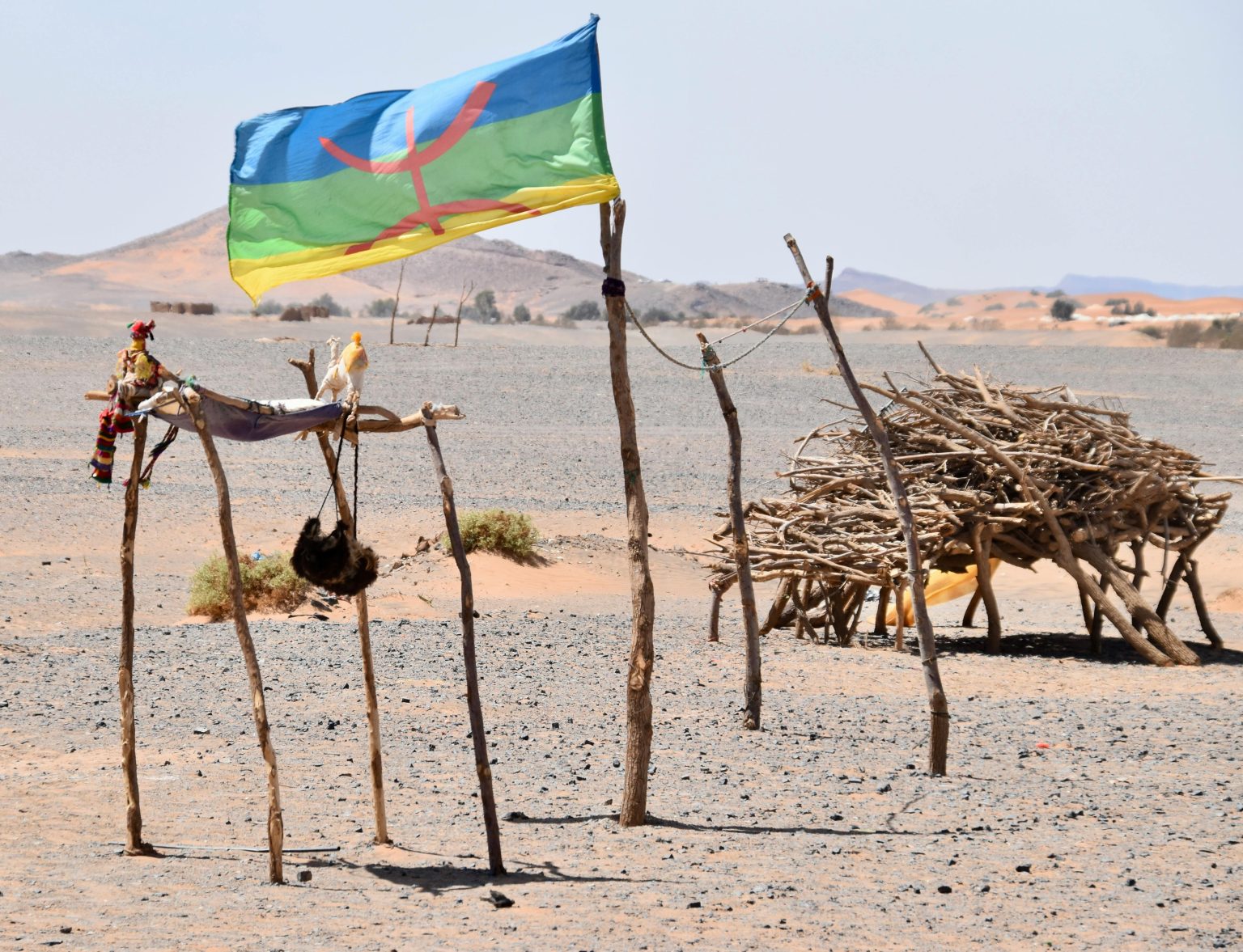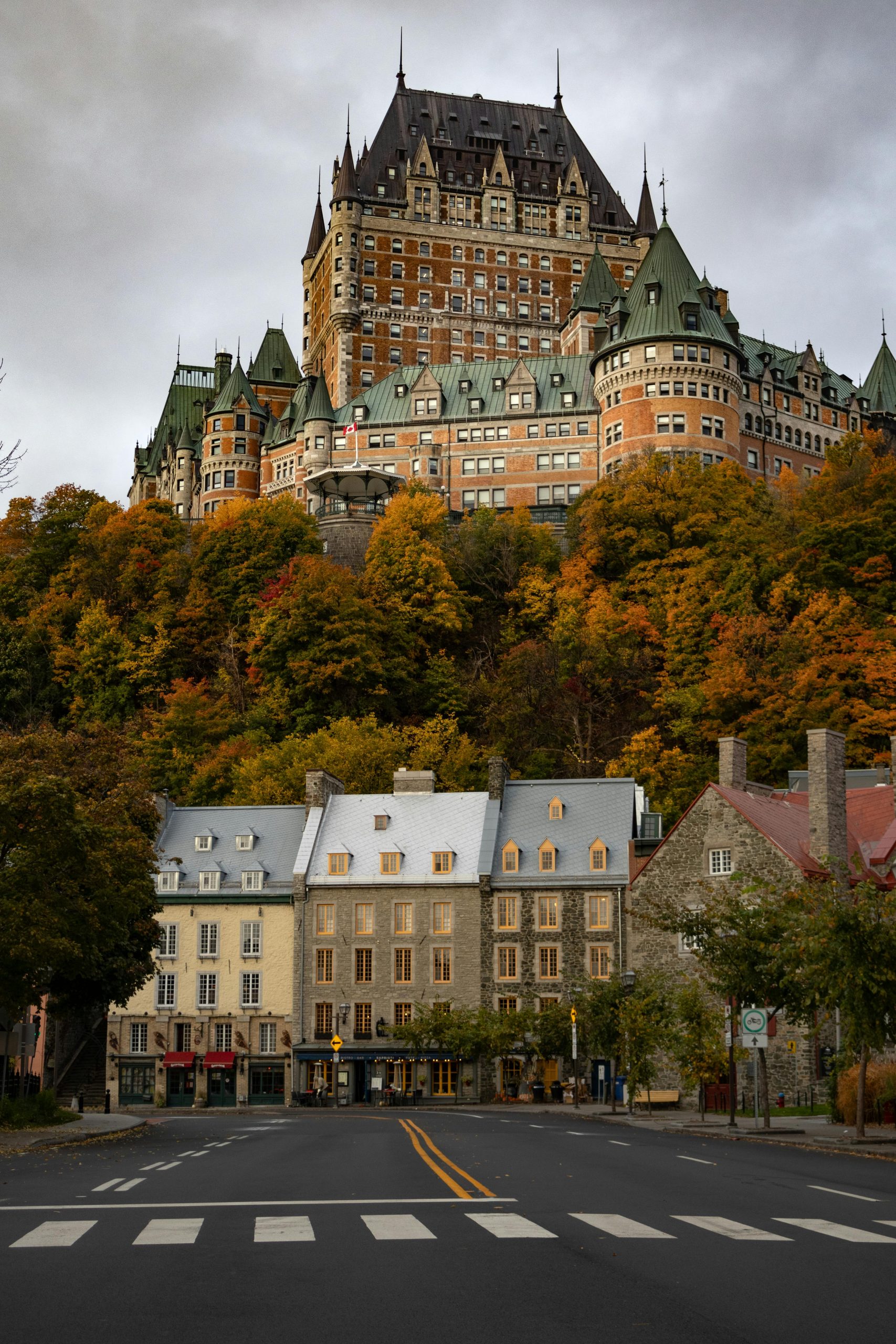Morocco is a country rich in history, culture, and tradition, where diverse influences have shaped its identity over the centuries. Among these influences, the Berber, or Amazigh, culture stands out as a significant element that has profoundly impacted the Moroccan monarchy. The Berbers are the indigenous people of North Africa, with a history that stretches back thousands of years. Their traditions, language, and social structures have not only survived but thrived, leaving an indelible mark on the Moroccan royal family and the country’s political landscape.
Historical Context
To understand the influence of Berber culture on the Moroccan monarchy, one must first delve into the historical context. The Berbers have inhabited the region for millennia, predating the arrival of the Arab conquerors in the 7th century. The diverse tribes and communities of Berbers, each with their own dialects and customs, have coexisted with various invaders and settlers, including the Phoenicians, Romans, and Arabs. The resilience of Berber identity is a testament to their rich heritage and adaptability.
When the Arab Empire expanded into North Africa, it brought with it Islam, which gradually became intertwined with Berber traditions. The conversion to Islam did not erase Berber identity; rather, it allowed for a unique cultural synthesis. The Berbers played a crucial role in the spread of Islam across North Africa and beyond, often acting as intermediaries between different cultures.
The Berber Monarchy: A Precedent
Before the establishment of the current Moroccan monarchy, several Berber dynasties ruled parts of present-day Morocco. The Almoravid and Almohad dynasties, both of which were of Berber origin, were instrumental in unifying the region and establishing powerful empires that extended into Spain and sub-Saharan Africa. These dynasties not only contributed to the political landscape but also fostered a cultural revival marked by advancements in architecture, science, and philosophy.
The influence of these historic Berber dynasties can still be seen in contemporary Moroccan governance. The Moroccan monarchy, while predominantly Arab in its current representation, is deeply rooted in the historical legacy of these Berber rulers. This legacy has fostered a recognition of Berber contributions to the nation’s identity, culture, and independence.
Language and Identity
One of the most visible aspects of Berber culture is its language, Tamazight, which is recognized as an official language alongside Arabic. The recognition of Tamazight in the Moroccan Constitution of 2011 marked a significant step toward acknowledging Berber identity and culture. This legal recognition directly reflects Berber culture’s historical influence on the monarchy’s approach to governance and national identity.
Promoting Tamazight in education and public life has empowered the Berber community, allowing them to reclaim their cultural heritage. The monarchy’s endorsement of this linguistic revival illustrates a strategic effort to unify the country while respecting its cultural diversity. By embracing Berber culture, the Moroccan monarchy has fostered a sense of national unity that transcends ethnic divisions.
Cultural Contributions
Berber culture has significantly enriched Moroccan art, music, and architecture. Traditional Berber crafts, such as pottery, weaving, and jewelry-making, reflect a deep connection to the land and its resources. These crafts are artistic expressions and serve as symbols of identity and heritage, cherished by both Berbers and non-Berbers alike.
The influence of Berber music, particularly genres like Amazigh and Chaabi, has permeated Moroccan society. These musical forms often convey themes of love, resistance, and the beauty of nature, resonating with the broader Moroccan populace. The monarchy has recognized the importance of these cultural expressions, often incorporating them into national celebrations and events, thus promoting a sense of unity and shared heritage.
Architecturally, the distinct styles of Berber buildings, with their earthy tones and intricate designs, can be seen in many historical sites across Morocco. The kasbahs, fortified villages, and the traditional riads reflect Berber ingenuity and environmental adaptation. The royal family’s patronage of cultural heritage sites often includes efforts to preserve and promote Berber architecture, highlighting the importance of this heritage in the nation’s identity.
The Political Landscape
The relationship between the Moroccan monarchy and the Berber population has evolved. Historically, the monarchy has maintained a delicate balance between ethnic and cultural groups. While the monarchy has its roots in Arab lineage, the recognition of Berber’s contributions to Moroccan history and society has been instrumental in maintaining stability and unity within the country.
In recent decades, the monarchy has made concerted efforts to address the demands of the Berber population. The establishment of the Royal Institute of Amazigh Culture (IRCAM) in 2001 marked a significant milestone in promoting Berber language, culture, and identity. This institution serves as a platform for research, education, and cultural promotion, further solidifying the role of Berber culture in the national narrative.
Additionally, the monarchy has sought to integrate Berber representatives into political structures, recognizing the need for inclusive governance. This move has allowed for greater representation of Berber interests and concerns nationally, fostering a sense of belonging and participation among Berber communities.
Modern Challenges and Future Perspectives
Despite the progress made in acknowledging Berber culture, challenges remain. Issues related to economic disparities, access to education, and political representation continue to affect the Berber population. The monarchy’s ability to address these challenges will be crucial for maintaining social cohesion and ensuring the continued influence of Berber culture within Moroccan society.
The rise of social movements advocating for greater Berber rights and recognition reflects a growing awareness of cultural identity among younger generations. These movements often utilize social media and other platforms to mobilize support and raise awareness about the importance of preserving Berber heritage. The monarchy’s responsiveness to these movements will be pivotal in shaping the future of Berber culture in Morocco.
## Conclusion
The influence of Berber culture on the Moroccan monarchy is profound and multifaceted. From historical precedents set by Berber dynasties to the contemporary recognition of Tamazight as an official language, Berber identity has played a crucial role in shaping the nation’s cultural and political landscape. The monarchy’s efforts to embrace and promote Berber heritage reflect a broader commitment to national unity and cultural diversity.
As Morocco continues to navigate the complexities of modern governance and cultural identity, the relationship between the monarchy and the Berber population will remain a vital component of the country’s future. By fostering an environment that respects and celebrates Berber culture, the Moroccan monarchy can ensure a more inclusive and harmonious society that cherishes its rich tapestry of identities.



